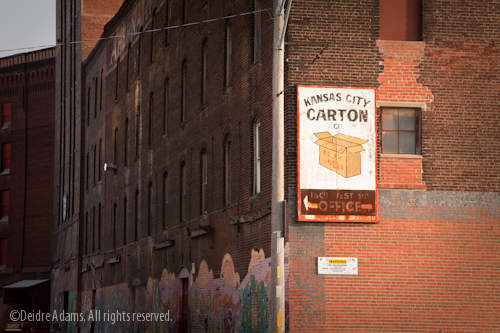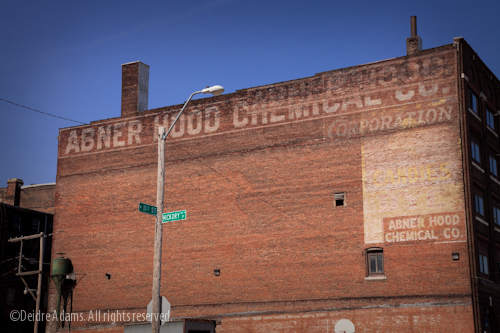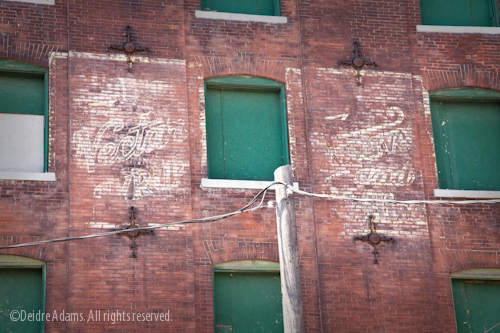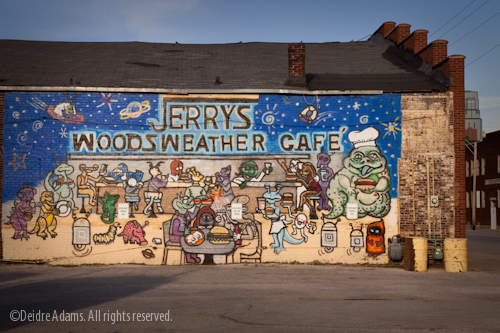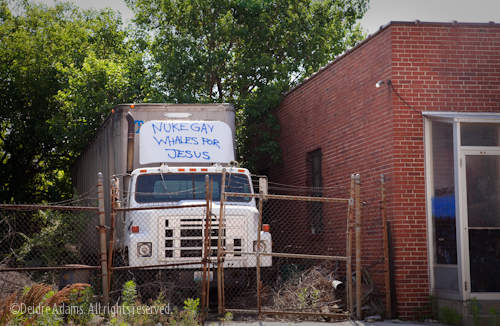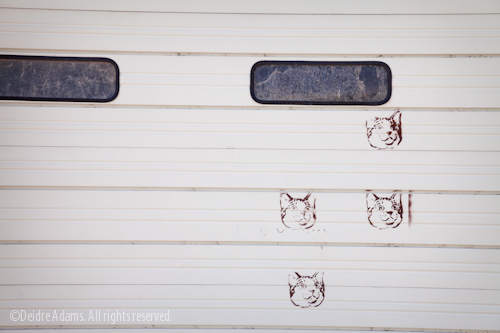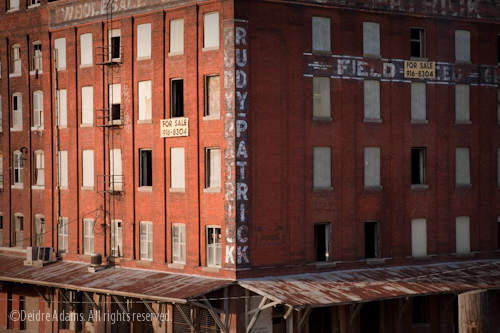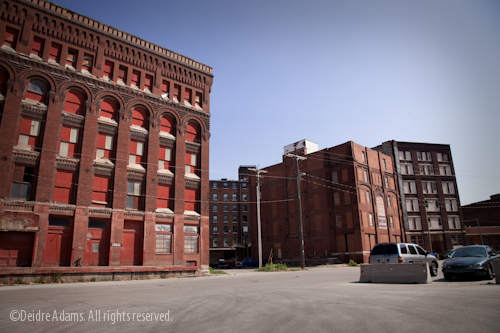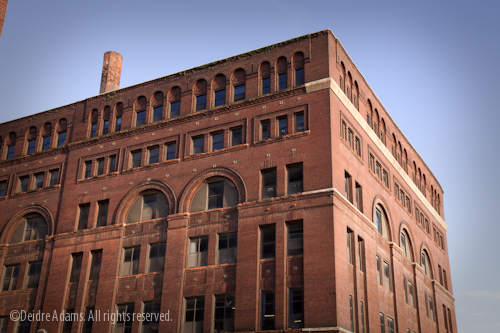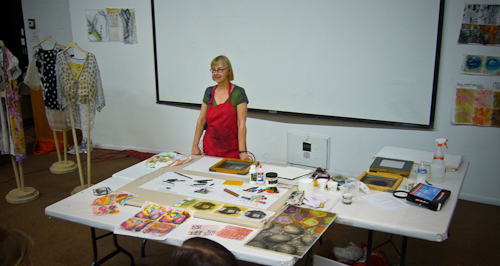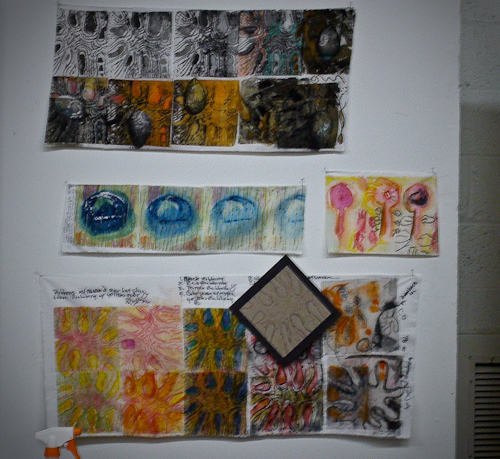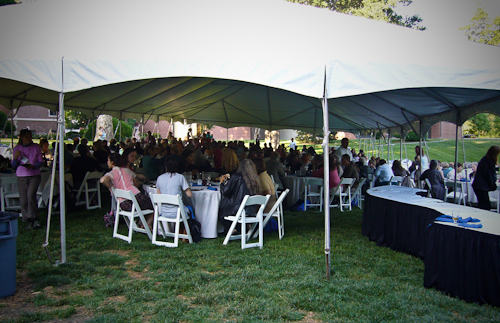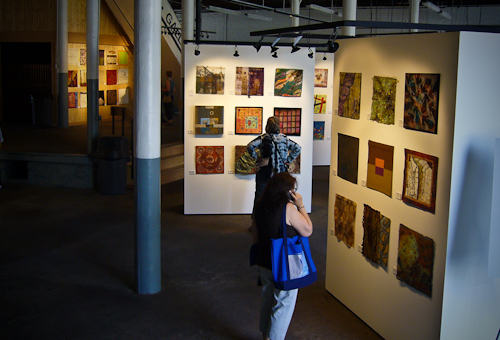Kansas City
Have I mentioned how much I love Kansas City? I thoroughly enjoyed my time here, for many reasons. I loved buying something in a store and being told “thank you very much, and have a nice day!” This is something you don’t hear too much in Denver, where people often act like they are doing you a huge favor by ringing up your purchase. Although I’m used to it now, the lack of friendliness was shocking to me when I first moved to Denver from Albuquerque, where people are much nicer. It’s the same in K.C., where I struck up conversations with total strangers on a regular basis. (And anyone who knows me very well knows that’s highly unusual for me.)
I also loved the city itself, which has a wonderful mixture of eclectic architecture, with the old happily existing alongside the new. I’m still going through all the pictures I took — that will be a long process. But before too much time went by, I wanted to post some pictures from my very favorite find: a little section of town full of marvelous old warehouses, some still in use, and some waiting for new tenants, but none seeming in imminent danger of demise. I first saw the cluster of tall old warehouses from the freeway when I was on my way in for the conference, and I knew I had to come back and take a closer look.
My first foray into the area was on Sunday evening, and the logistics were more complicated than I had imagined, due to one of the main routes into the area having been closed off for reconstruction. At that time of day, the place was more or less deserted, and it had an eerie feel. I got sort of lost in a maze and was feeling rather apprehensive since I wasn’t familiar with the area. It seemed like a movie set, with all these amazing old buildings and no one around. I took just a few pictures and then decided I’d better find my way out before it got dark.
The next day, I was leaving to go back home, but on my way out of town I decided I wanted to go see the buildings again in different light. Since it was now Monday morning, the place had a totally different feel with people bustling about their business, some visible through open garage-type doors working inside at various industry, some doing touch-up work on the buildings, and some even out walking dogs.
The area boasts a fun-looking local restaurant:
And the residents evidently have a good sense of humor:
What’s not to love?
I had fleeting thoughts of how it might be fun to have an entire floor in one of these buildings for an artist’s studio, up high with views of the city visible from the windows. Look, now here’s one for sale:
I do really love my current studio, and the convenience of having it in my house cannot be denied. But wouldn’t it be great to have some room to stretch out in? It’s fun to dream, and it doesn’t cost anything.
Sorry if this post is a bit over the top on pictures, but just before I went on the trip, I treated myself to a new camera kit. I now have a cool 24-105 zoom lens. With my old camera/lens situation, I was limited to a 35mm focal length on the wide end, so having the 24mm is new and fun. I’ve been entertaining myself with all the wonky angles I can get on things now.

